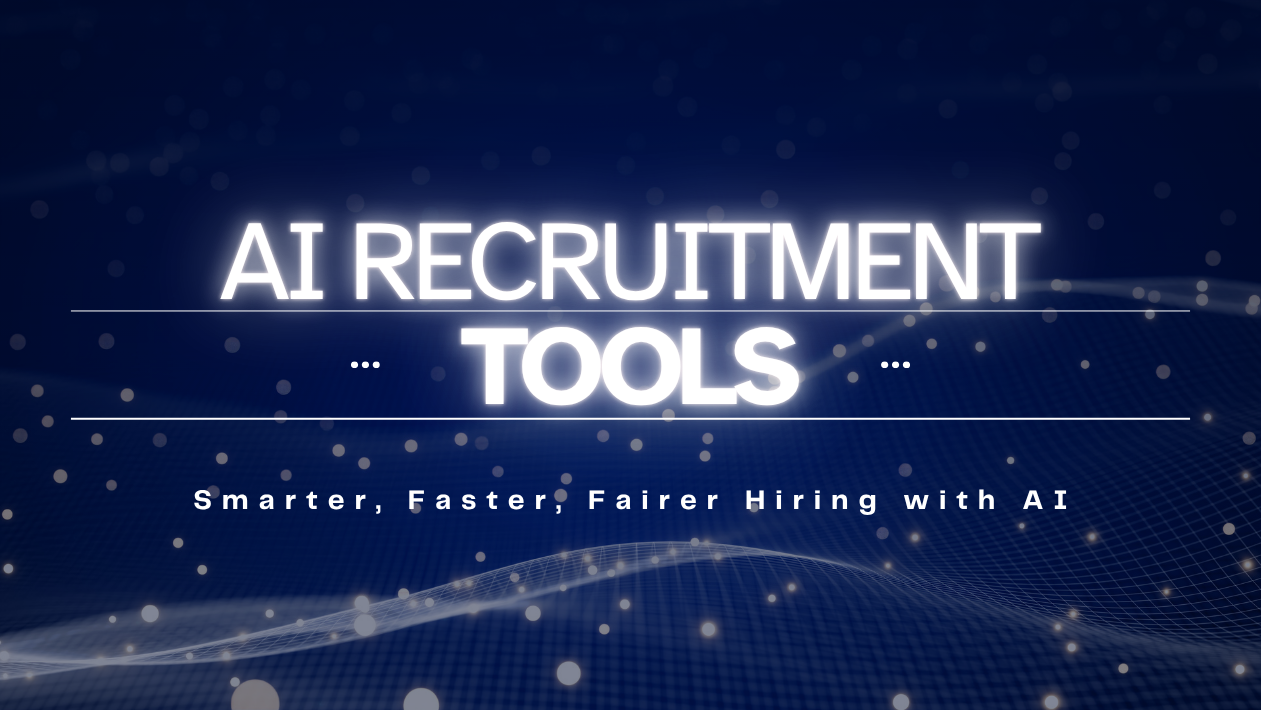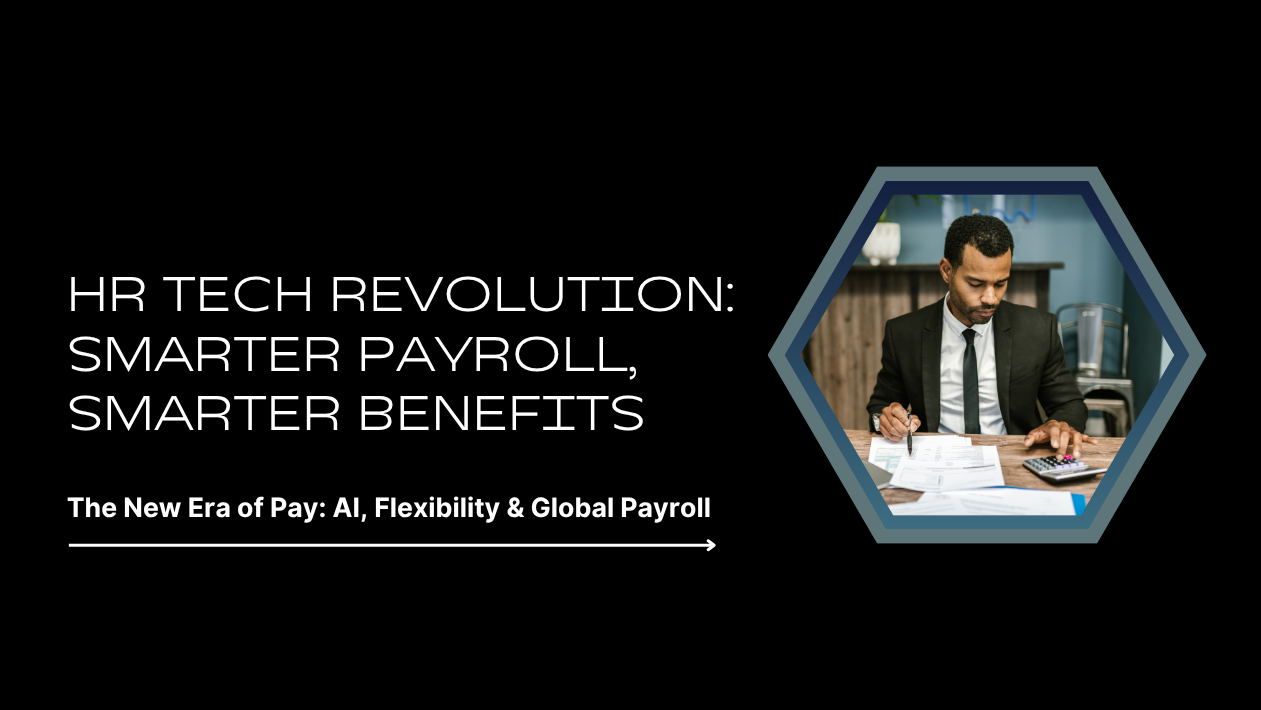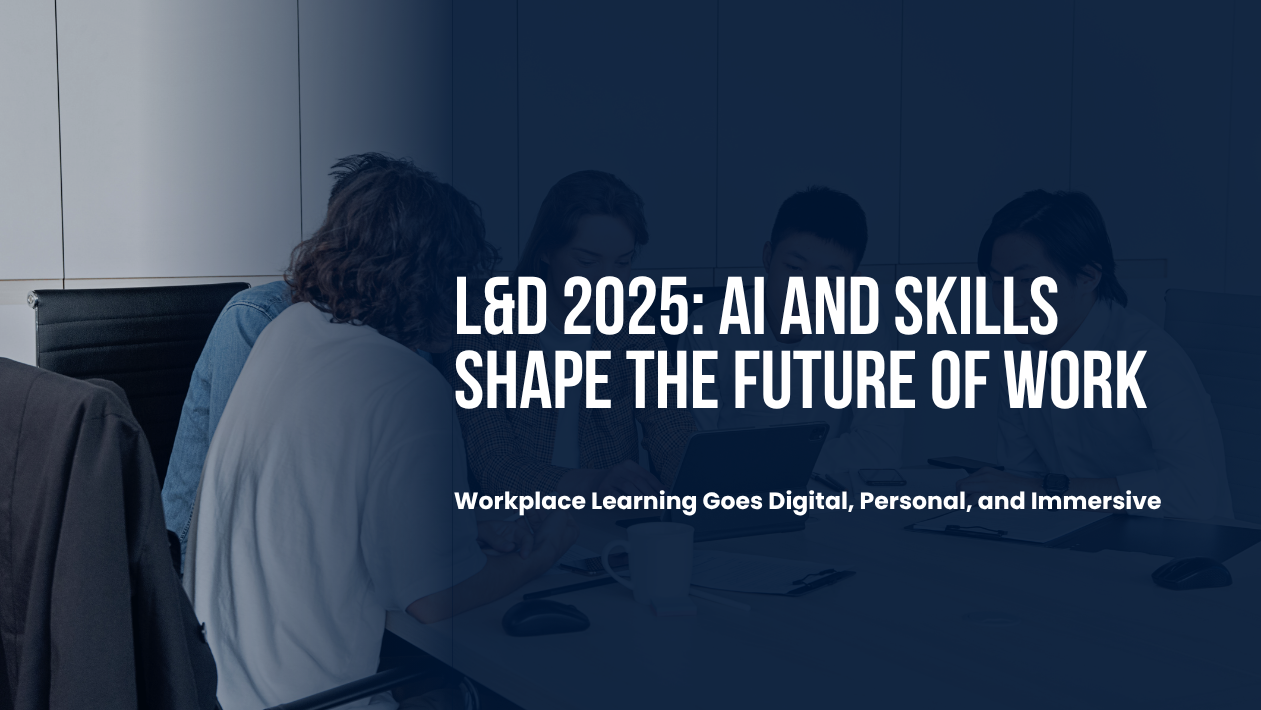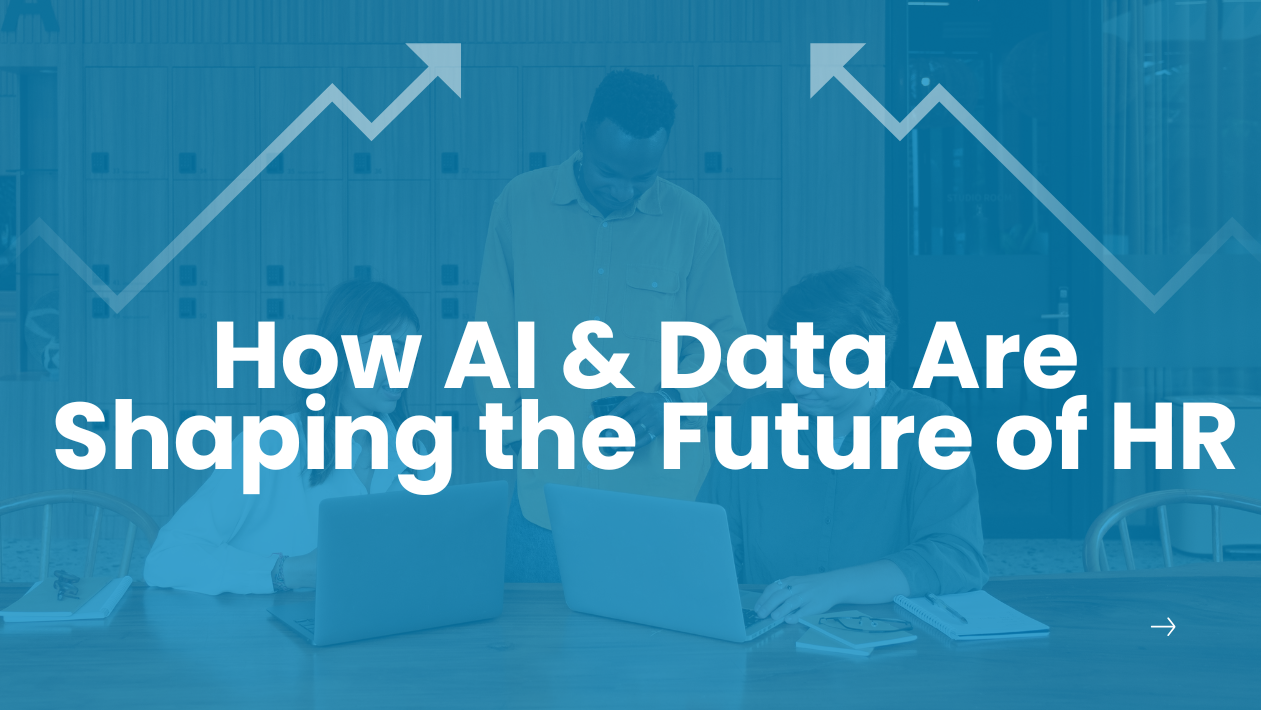As businesses enter an era of data-driven decision-making, HR analytics has emerged as a strategic powerhouse in workforce management. In 2025, organizations are moving beyond basic dashboards and KPI tracking—toward predictive analytics, AI-driven insights, and real-time talent intelligence that directly influence business outcomes.
According to Deloitte’s latest Future of Work report, 78% of large enterprises now have a dedicated people analytics function, and 65% use predictive analytics to inform recruitment, retention, and performance strategies.
From Descriptive to Predictive: The Evolution of People Data
The shift from tracking historical HR data to forecasting workforce trends has revolutionized human capital planning. Companies are leveraging advanced analytics to predict employee attrition, identify high-potential talent, and model the impact of organizational changes—before they happen.
Tools like Visier, SAP SuccessFactors, Workday Prism, and Oracle Fusion HCM are enabling HR leaders to run simulations and scenario planning based on real-time data.
AI and Machine Learning Optimize Hiring and Retention
With AI-driven algorithms, companies can now analyze vast amounts of data—from resumes and interview transcripts to engagement surveys and performance reviews. This allows HR teams to:
- Identify candidates most likely to succeed long-term
- Detect early signs of burnout or disengagement
- Recommend personalized development plans and career paths
Some organizations are even applying natural language processing (NLP) to employee feedback to uncover hidden concerns and sentiment trends.
Data-Driven DEI Gains Momentum
HR analytics is playing a pivotal role in diversity, equity, and inclusion (DEI) strategies. Companies now analyze representation, pay equity, promotion rates, and inclusion metrics across gender, race, age, and other demographics. The result? More transparent, accountable, and data-backed DEI efforts.
Workforce Planning Gets Smarter
HR analytics is now central to strategic workforce planning—helping leaders align talent supply with business goals. Companies are using historical turnover trends, skills inventory mapping, and productivity benchmarks to plan hiring, upskilling, or restructuring with precision.
Ethics and Privacy Take Priority
With growing volumes of employee data, ethical concerns around privacy, transparency, and algorithmic bias are top of mind. HR leaders are implementing strong governance frameworks and ensuring compliance with evolving data regulations like GDPR and AI ethics standards.
The Future: Human-Centered Analytics at Scale
Looking ahead, HR analytics is poised to become even more human-centric, combining empathy with evidence. Predictive models will increasingly help HR teams support well-being, enhance experience, and foster a thriving workplace culture—not just measure output.





